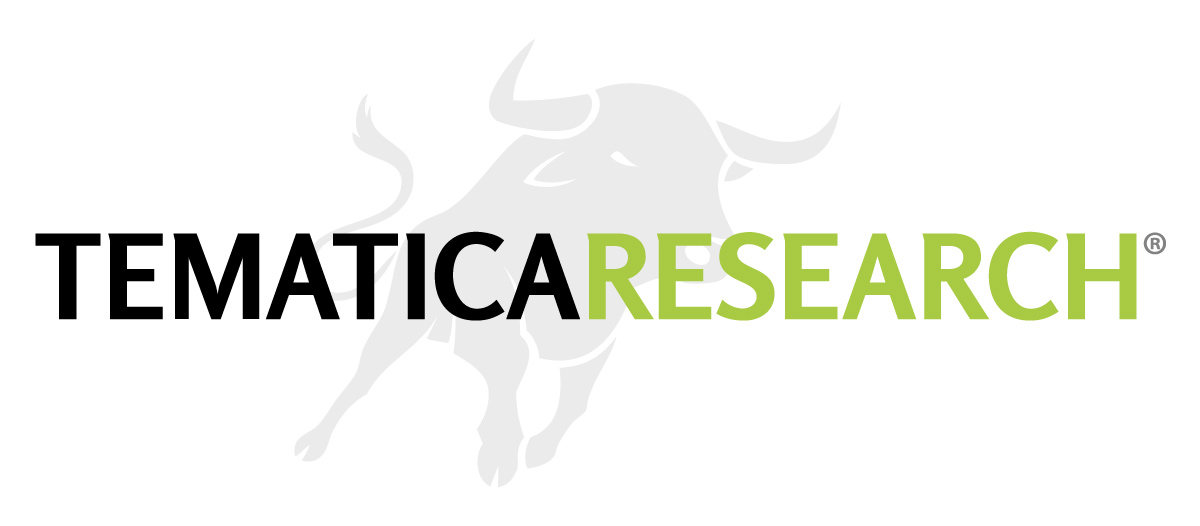Income Inequality
The phrase Income Inequality has become a standard battle cry for politicians these days, with the implicit assumption that inequality is a bad thing, but is the basic concept of inequality truly a bad thing?
The lowest level of inequality in human history arguable occurred when mankind lived a primitive life in caves. I don’t think anyone would rationally argue that was a period to which we ought aspire. At the other end of the spectrum, the greatest levels of income inequality occurred during periods such as the era of the Egyptian Pharaohs or during the insanity of despotic kings such as Louis XIV, when large portions of the human race lived excruciatingly painful lives of abject poverty while others lived with a level of comparative wealth that even today is mind-boggling. Obviously those periods of massive divergence were not ideal either and definitely not conducive to improving standards of living.
With just those two simple examples, it is clear that neither low nor high income inequality is by itself an ideal. Like most things, it is a lot more complicated. What we can see is that throughout history, standards of living have risen fastest when barriers to improving one’s lot in life were low.
We hear a lot of lip service from various politicians about the ills of income inequality, so let’s look at actual recent track records. The U.S. Census Bureau uses four measures of income inequality, Gini, Theil, Mean Logarithmic Deviation of Income (MLD) and Atkinson Measure.
- Since the financial crisis, income inequality (as measured by the US Census Bureau using 3 different types of metrics) has risen faster than during the prior ten years for all metrics. All three measures also rose faster under Clinton than Reagan, which illustrates that income inequality isn’t something improved by a democrat in the White House, despite convention wisdom.
- In the first 6 years of Obama’s presidency the annual rate of transfer payments increased by $500 billion so that today roughly 18% of all personal income in the United States is a transfer. That means that roughly 1 out of every 5 people in the US is effectively living off the other 4. That is a brutal degree of income inequality. If you think about the shifts in demographics we are experiencing with the retiring of the Baby Boomers, that is putting one hell of a strain on the working population, thus a strain on the economy’s ability to grow, which is better for everyone.
So what could be driving this trend? America has always been a nation on the cutting edge of change with a flexible workforce that would move wherever the next great opportunity lay and was unafraid to challenge the status quo, leading the world in innovation. But all that’s changed:
- Part of the problem here is that the marginal tax rates for those people earning between $30k and $50k, when you include the loss of benefits from no longer getting all those transfer payments & tax breaks, is between 50%-80%. Why work when over half of the money you make is taken away? It just makes sense to stay on welfare when attempts to improve your lot are punished, supporting widening income inequality as those who want to do better are dis-incentivized to do so.
- The nation is less geographically flexible, which means the labor force is less able to adjust to and take advantage of changes in the economy. Between the 1970s and 2010, the rate of Americans moving between states fell by more than half—from 3.5% per year to 1.4%.
- The fraction of workers required to hold a government-issued license has sextupled since the 1950s, from less than 5% to almost 30% today, making it more difficult to shift profession as the economy evolves AND more difficult to move from one location to another as these licenses are typically at the state or local.
- The rising cost of health care, combined with the employer health-care subsidy, has made workers afraid to leave their company or start their own because they would lose the benefit of subsidized health care.
- People traditionally moved from poor states to rich states, seeking the best jobs. Today federal taxes and federal regulation are making differences between states less meaningful.
- Higher land-use regulations in wealthier metro areas are making housing more expensive, so that now we see more people moving from richer areas to poorer areas, mainly because of housing costs, exacerbating income inequality as that is a move from high-income potential areas to lower-income potential areas. In the past, high rates of migration around the country served to reduce income inequality, today the low migration rates are a driver of inequality.
- Entrepreneurship is contagious and innovation breeds innovation.
- In the past, smaller counties used to lead the nation in the growth in new businesses, even through the early 1990s but in the past 10 years, small counties have lost businesses while the major metro areas that serve as the hub for high-growth starts, like Silicon valley, account for about 40% of all venture investments. (Add in NYC, Boston and LA and the four account for 2/3rds of all VC funding)
- Regulation concerning angle/VC level investing has concentrated capital allocation into fewer and fewer hands.
Bottom Line: For all the lip service about addressing the supposed ills of income inequality, it is the very controls placed by government on people trying to earn a living that are helping to increase inequality!
